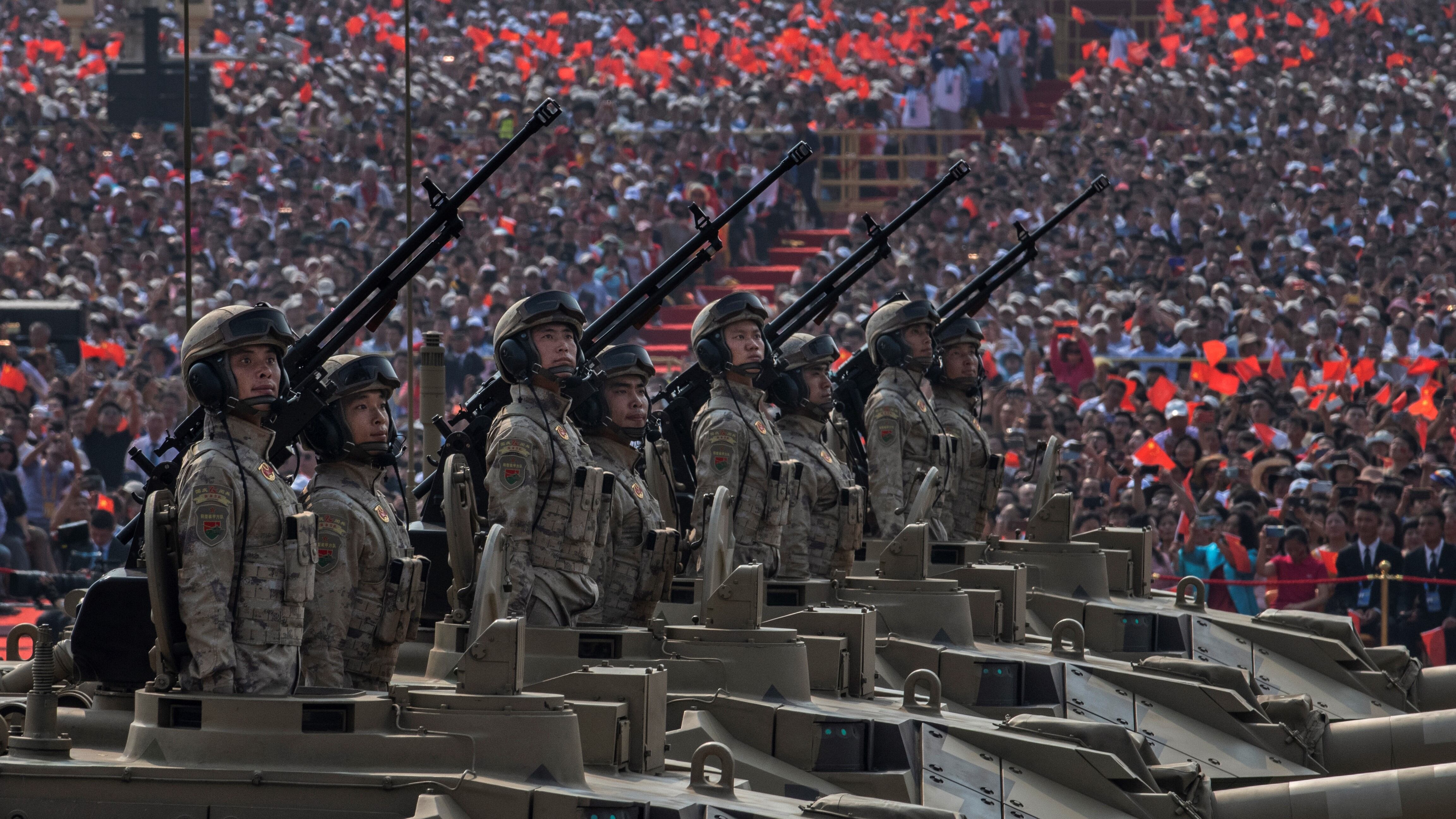MELBOURNE, Australia – The southeast Asian island nation of Singapore has finished carrying out an integrated strike exercise in Idaho, honing its military’s ability to maintain a persistent presence on the battlefield as well as its ability to gather intelligence and act on it in a timely manner.
The exercise, codenamed Forging Sabre 19, was held primarily at Mountain Home Air Force Base in Idaho and the nearby Mountain Home Range Complex between Sept. 30 and Oct. 10, the Singaporean defense ministry said.
Taking part in the exercise were 600 Singaporean military personnel and 28 aircraft, including ten Boeing F-15SG Eagles, nine Lockheed-Martin F-16 Fighting Falcon multi-role fighters and five Boeing AH-64D Apache attack helicopters from the U.S-based training detachments of the Republic of Singapore Air Force, or RSAF.
This was the first time the biennial exercise was held in Idaho, with previous iterations having been conducted in Arizona. According to Singapore’s defense ministry, the training airspace available for use in Idaho is more than 20 times the size of the island Singapore and three times larger than the airspace available for training in Singapore.
In addition to the new location, this year’s exercise also saw a number of firsts. These include the participation of one of the RSAF’s Airbus A330 Multi-Role Tanker Transport or MRTT aircraft, which has enabled the F-15SGs and F-16s to maintain a presence over the battlespace by refuelling in mid-air. The MRTT flew into Idaho in late September having arrived from Singapore via stops in Guam and Hawaii.
In addition, the MRTT also supported a live-firing exercise, which saw RSAF F-15SGs fly from Mountain Home AFB to the Utah Test and Training Range where live laser-guided bombs were employed. The F-15SGs then flew back to Idaho to continue supporting the exercise.
The exercise also saw the use of artificial intelligence to aid in the detection, classification and engagement of moving, time-sensitive targets. These include an automatic target detection system which uses machine learning to discern adversary targets via real-time video feeds gathered by intelligence, surveillance and reconnaissance assets such the RSAF’s IAI Heron 1 unmanned aerial vehicles.
RELATED

Exercise participants used a Target Look-Ahead or TLA system to analyse and then recommend an ideal location to engage the targets based on considerations such as strategic utility or the likelihood of collateral damage.
Exercise air director Col. Aldrin Tan said that the AI-enabled systems allowed the entire command post to think and decide faster, telling local media that “these processes actually help all the battle staff come to a faster appreciation of the situation and recommend those decisions up to me.“
At least one of the RSAF Heron 1s at the exercise was carrying a ventral housing containing an unknown payload for the first time. According to the ministry, the Heron 1 is being tasked to perform co-operative lasing with other airborne and ground-based assets to detect, track, and designate multiple moving targets.
Singapore, which is strategically located at the southern end of the Straits of Malacca and South China Sea, has one of the most advanced and sophisticated militaries in southeast Asia. The country, which is a security partner of the U.S, has in recent years transformed its military into a modern, networked, integrated force.
Singapore plays host to the U.S. Navy’s Littoral Combat Ship deployments, agreeing to host up to four ships during their rotating deployments to the region with its bases serving as the regional LCS maintenance hub. U.S. military ships and aircraft also regularly use Singaporean bases for stopovers, with the country hosting a number of American logistics units.
However, due to its small size, Singapore lacks adequate training areas for its military and has training and basing agreements with several nations including the United States, Australia and France. In addition to the RSAF aircraft training detachments based in Arizona and Idaho, the service, together with Singapore’s navy, also regularly takes part bilateral and multilateral exercises with U.S. forces.
Mike Yeo is the Asia correspondent for Defense News.








